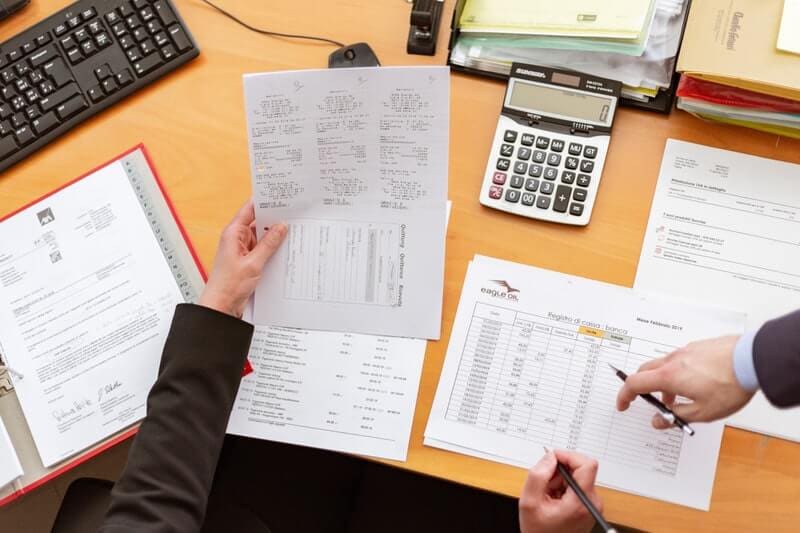Since 1996, the Annual Third-Party Logistics Study has aimed “to capture the evolution of the third-party logistics providers as they worked to transition from vendors of individual services to logistics partners offering integrated services and building meaningful, collaborative relationships with their customers.”
These snapshots are an invaluable source to learn how far the industry has come as well as where it’s going. The goal is give both 3PL providers as well as shippers the tools and information to help minimize cost, maximize value, and increase efficiency.
But the first step to gaining insight of what is to come is by learning where we’re currently at. We investigate the findings of the study to learn more about the current state of the 3PL market.
The State of the Market
As is customarily stated in the US State of the Union Address: The state of the 3PL market is strong. Favorable economic conditions have been beneficial to both shippers and 3PL providers. Through mutual effort, increasingly tight deadlines are being met which has led to increased customer satisfaction.
In fact, everyone wants a little more these days. The demands of necessity and volume are increasing the needs of shippers. This, in turn, increases their needs from 3PL providers. Technological and service innovations have allowed these providers to step up to the task. As the study says:
“Essentially, transportation and logistics companies have found it necessary to focus on digital capabilities, cost and asset efficiencies, and an expanding range of services to satisfy their customers.”
The Global Picture
The global economy is shifting. Some gross domestic product (GDP) figures are slowing. This creates a change in the supply and demand chain. Both 3PL providers and shippers have needed to change their point of focus to evaluate their supply chain practices. Are they effective? Do they need alterations (particularly for those companies working beyond the country’s borders)? General instability of global economics is being closely monitored by 3PL providers and shippers alike.
The Relationship Between Shippers and 3PL Providers
Third-party logistics services is about connections. Shippers and producers connect with 3PL providers to connect with their ultimate customers. These connections are a symbiotic relationship that gets better with trust and confidence. So how do these two sides of the industry view and work with each other?
The most encouraging statistic found in this study regards how the shippers and 3PL providers view the success of their relationship. 93% of shippers and 99% of 3PL providers agreed that the relationship is successful. This is a great sign that things have been going well over the last year. This relates to another statistic where only 31% of shippers agree that there is a trend of shippers returning to insourcing their logistics operations.
Customer service is an important aspect of the majority of businesses. 83% of shippers and 98% of 3PL providers agree that using 3PLs has helped improve this service. Happy customers mean repeat customers. This focus on service has a lot to do with 3PLs’ technological and operational innovations. 66% of shippers and 93% of 3PL providers agree that this innovation has helped to increase general effectiveness of their services.
In need of 3PL services Nashville? Visit M&W Logistics today.
Challenges
As with any industry, things are changing for shippers and 3PLs. Adaptation and innovation can mitigate these issues, but it won’t erase them. Here are a few of the main issues outlined in the report.
The Amazon Effect
E-commerce has altered the way many people order and receive their materials. This directly impacts brick-and-mortar stores which, in turn, affects supply chain management. These adapting habits by consumers will force these physical stores to alter the way they handle and distribute their materials.
A Lack of Drivers
Simply put, there aren’t enough people driving trucks to handle the shipping needs. As stated in the report:
“American Trucking Associations estimates a current shortage of 60,000 qualified drivers, and Bob Costello, ATA’s chief economist, estimates it could reach 160,000 by 2028.”
Getting things from one point to another is the bedrock of logistics services. An inability to find drivers to take shipments from the warehouse to the destination is a huge problem. Likewise, there is a shortage of diesel mechanics.
New Technology
Automation is a major concern for many industries. This is nothing new, but technology that directly impacts the way supply chains are viewed are quickly coming into realistic practice. Some of this technology helps the current workers and systems become more efficient, while other technology looks to replace the current system entirely. Autonomous vehicles can help assuage the driver shortage, but also runs the chance of eventually replacing all current drivers. Drone deliveries, increased use of artificial intelligence, and constantly evolving software directly impact how third-party logistics services are delivered.
Looking Forward
Adaptability is essential to continued success. The US economy is in a good place but general instability threatens our strong foothold. Technology acts both as an asset and a threat to how 3PLs are currently run, but they can be managed. The relationship between shippers and 3PLs is mutually beneficial and doesn’t seem to be changing any time soon. Overall, challenges exist but they can be navigated.
M&W Logistics can provide you with 3PL services Nashville. Visit us today to learn more.
